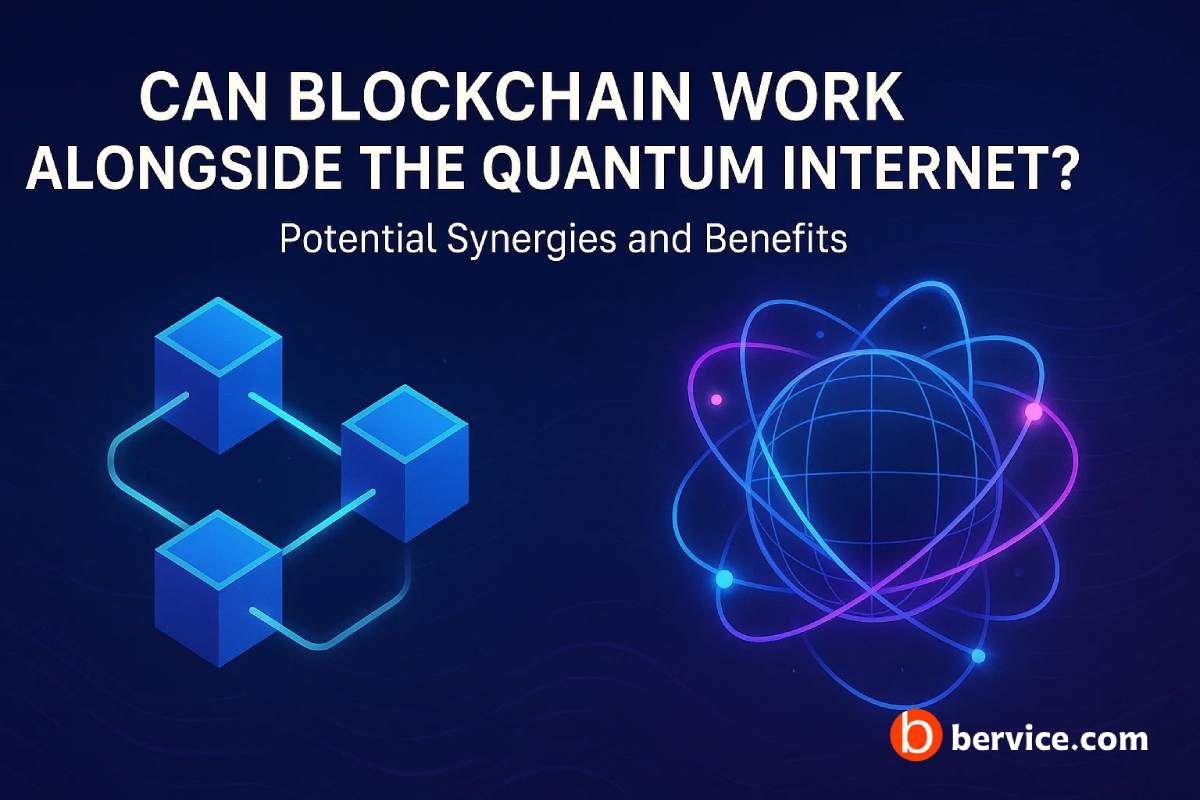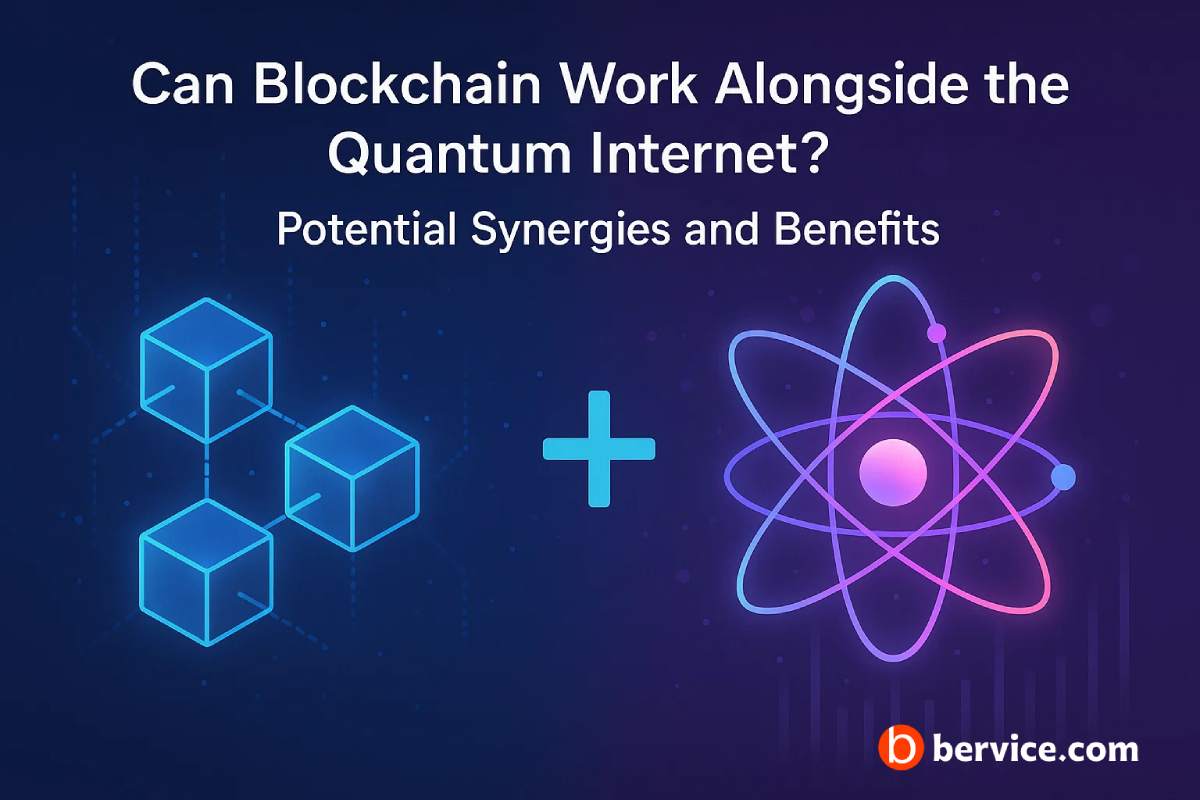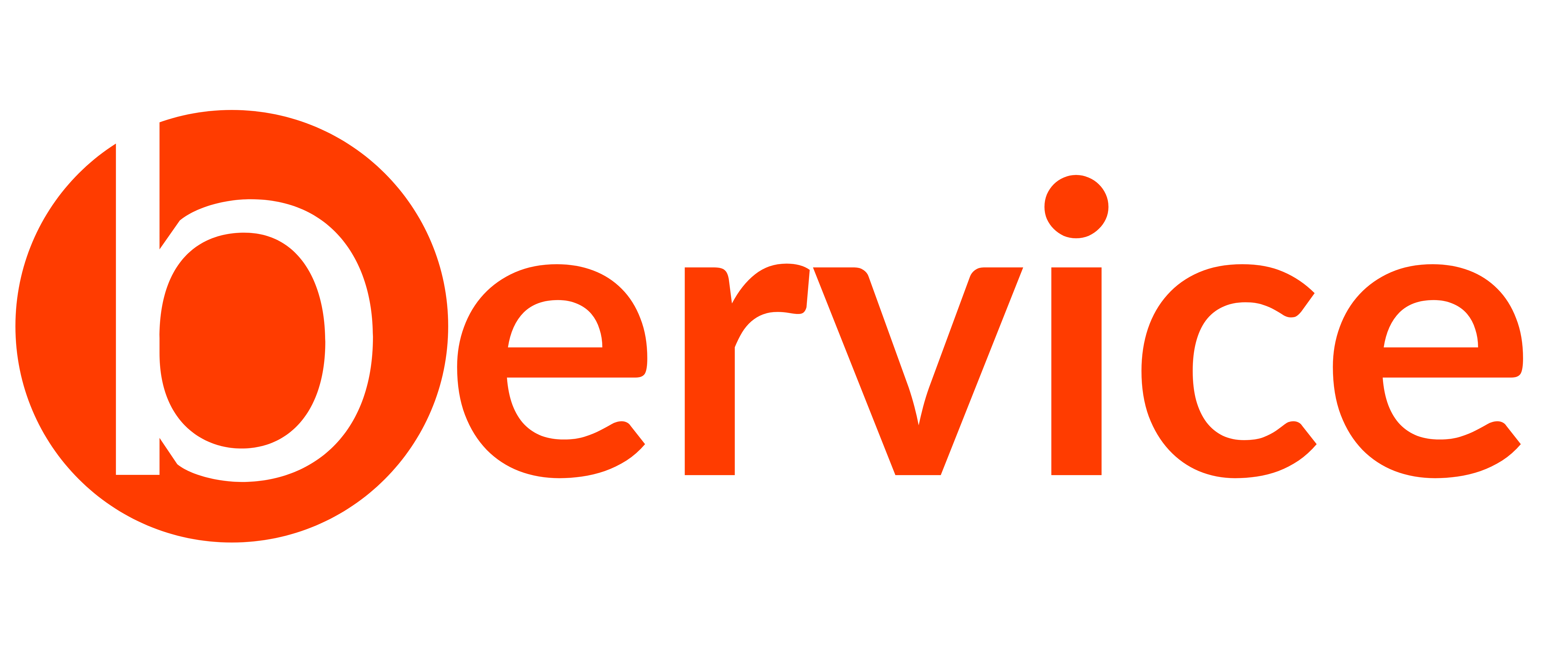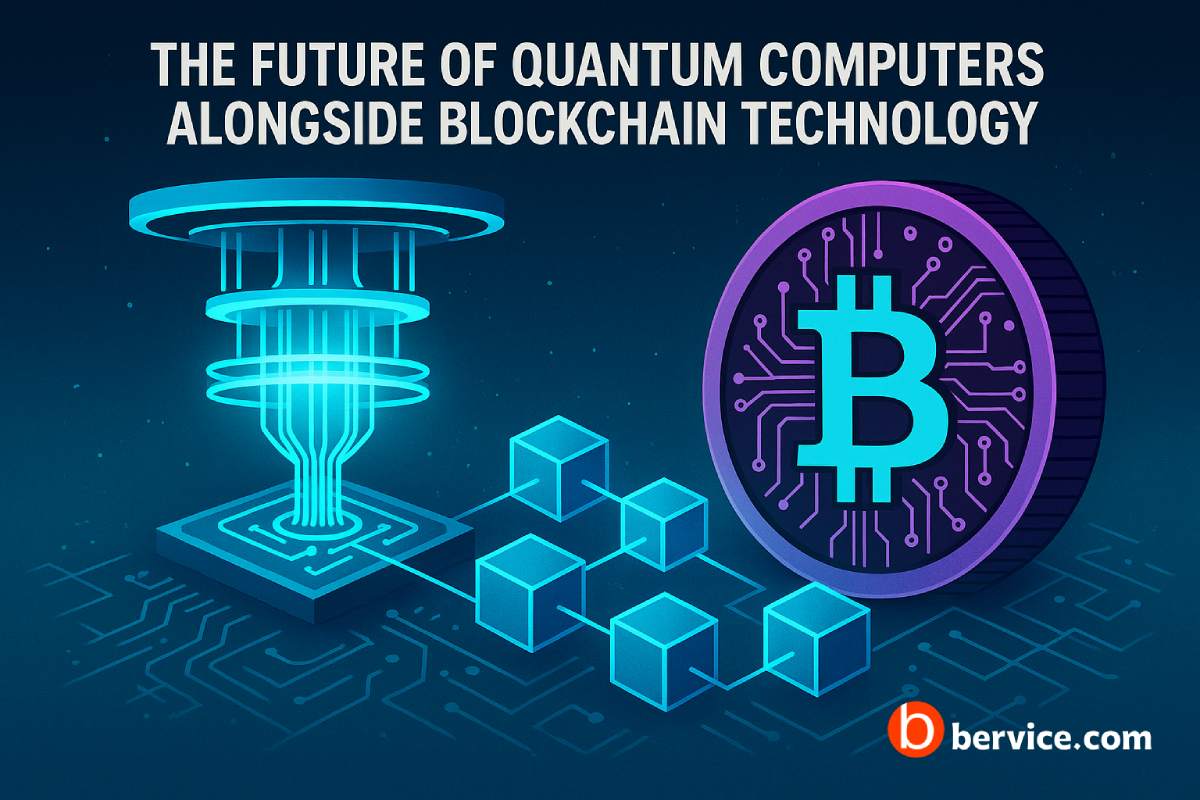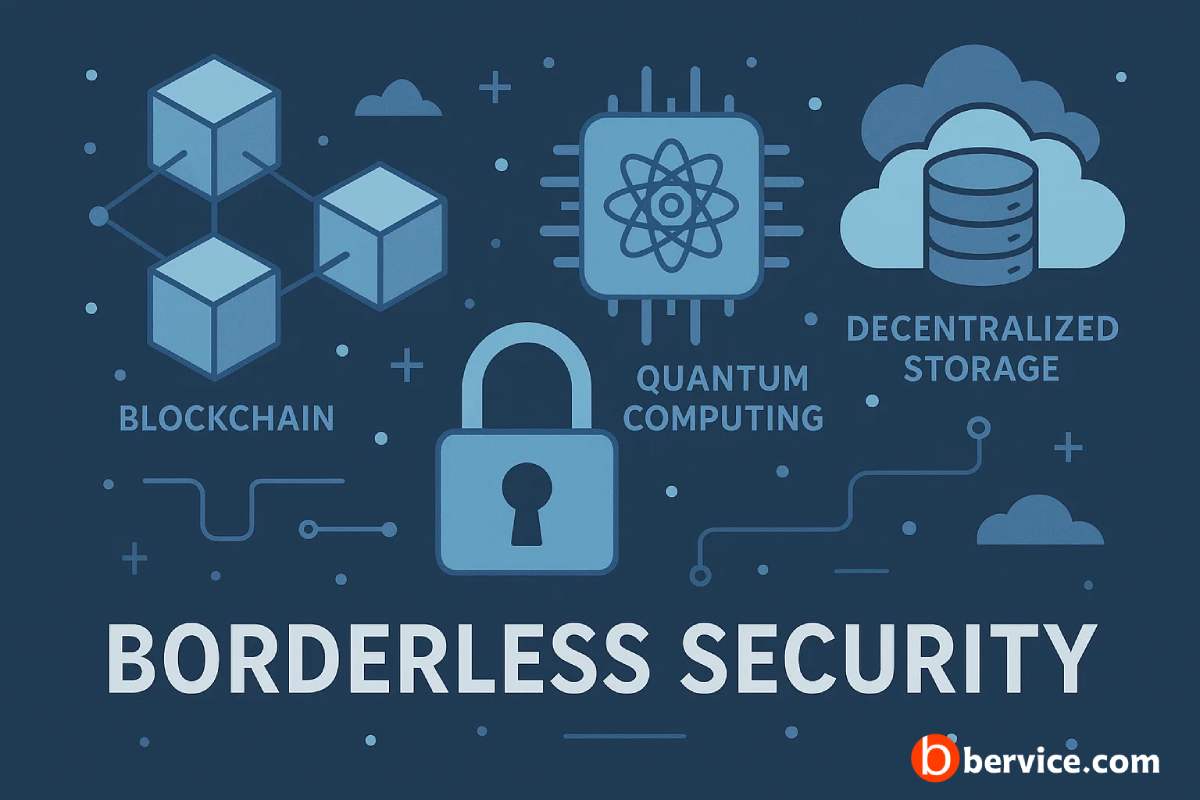
Exploring a unified, forward-looking ecosystem for data protection
Introduction: The Rising Need for Borderless Security
In an era defined by unprecedented data generation, digital transactions, and global connectivity, the demand for uncompromising security has never been higher. Cyber threats are evolving, nation-state actors are becoming more sophisticated, and traditional encryption methods face the looming challenge of quantum decryption capabilities. Against this backdrop, integrating blockchain, quantum computing, and decentralized storage emerges as a transformative security paradigm — one that transcends geographical and political boundaries, delivering borderless trust.
Blockchain: Immutable Trust Foundation
Blockchain technology offers a distributed, tamper-resistant ledger that ensures immutability, transparency, and trustless collaboration. Every transaction or data record is cryptographically linked to the one before it, making unauthorized modifications virtually impossible without network-wide consensus.
- Decentralization eliminates single points of failure.
- Consensus mechanisms (PoS, PoW, or hybrid) validate authenticity without relying on a central authority.
- Smart contracts automate processes with pre-defined logic, reducing the risk of human error or malicious intervention.
In this ecosystem, blockchain acts as the integrity layer, guaranteeing that data authenticity is verifiable anywhere, at any time.
Quantum Computing: The Dual-Edged Sword
Quantum computing is poised to revolutionize computational power, solving problems beyond the reach of classical machines. However, it also threatens traditional cryptographic algorithms, such as RSA and ECC, by potentially breaking them in a matter of seconds.
When harnessed constructively, quantum computing can reinforce security:
- Post-Quantum Cryptography (PQC) ensures encryption schemes resistant to quantum attacks.
- Quantum Key Distribution (QKD) leverages quantum mechanics to detect eavesdropping and guarantee secure key exchange.
- Ultra-fast computation enables real-time threat detection and adaptive security models.
By integrating quantum computing into this triad, the ecosystem gains the ability to anticipate and neutralize threats before they manifest.
Decentralized Storage: Resilient Data Availability
Data centralization is a structural vulnerability — a single breach or outage can compromise millions of users. Decentralized storage networks such as IPFS or Filecoin address this by distributing encrypted data fragments across a global network of nodes.
- Redundancy and replication ensure data is always retrievable, even if multiple nodes go offline.
- End-to-end encryption ensures that storage providers cannot access user content.
- Tokenized incentives encourage node participation, scaling storage capacity organically.
In the integrated model, decentralized storage functions as the availability and privacy backbone, ensuring that secured and validated data remains accessible worldwide.
The Synergy: A Unified Security Architecture
When blockchain, quantum computing, and decentralized storage converge, they form a self-reinforcing security loop:
- Blockchain guarantees the authenticity and immutability of transactions and records.
- Quantum technologies secure encryption and key distribution, making interception or decryption nearly impossible.
- Decentralized storage ensures global data availability without reliance on centralized infrastructure.
This tri-layer model offers borderless security, adaptable to diverse sectors including finance, healthcare, defense, and digital identity management.
Use Cases and Applications
- Global Financial Systems: Secure, quantum-resistant payments with verifiable transaction histories.
- Medical Records: Immutable health data stored across decentralized networks, accessible only to authorized parties.
- Government Archives: Tamper-proof, encrypted records immune to political manipulation or cyberattacks.
- Cross-Border Supply Chains: End-to-end verification of goods using blockchain, with real-time quantum-secured communication.
Challenges and Considerations
While promising, this integration faces hurdles:
- Interoperability: Aligning blockchain protocols with quantum-resistant cryptography and storage APIs.
- Energy Consumption: Both blockchain and quantum computing can be resource-intensive.
- Regulatory Uncertainty: Global policies on encryption, data sovereignty, and cross-border data transfer remain fragmented.
Addressing these challenges requires international cooperation, open-source collaboration, and scalable infrastructure design.
Conclusion: Towards a Borderless Digital Fortress
The fusion of blockchain, quantum computing, and decentralized storage represents more than a technological upgrade — it is a paradigm shift in global cybersecurity. By creating an ecosystem that is immutable, quantum-secure, and decentralized, we pave the way for trust without borders. As cyber threats grow in sophistication, this triad may become not just an innovation, but a necessity for the digital age.
Connect with us : https://linktr.ee/bervice

